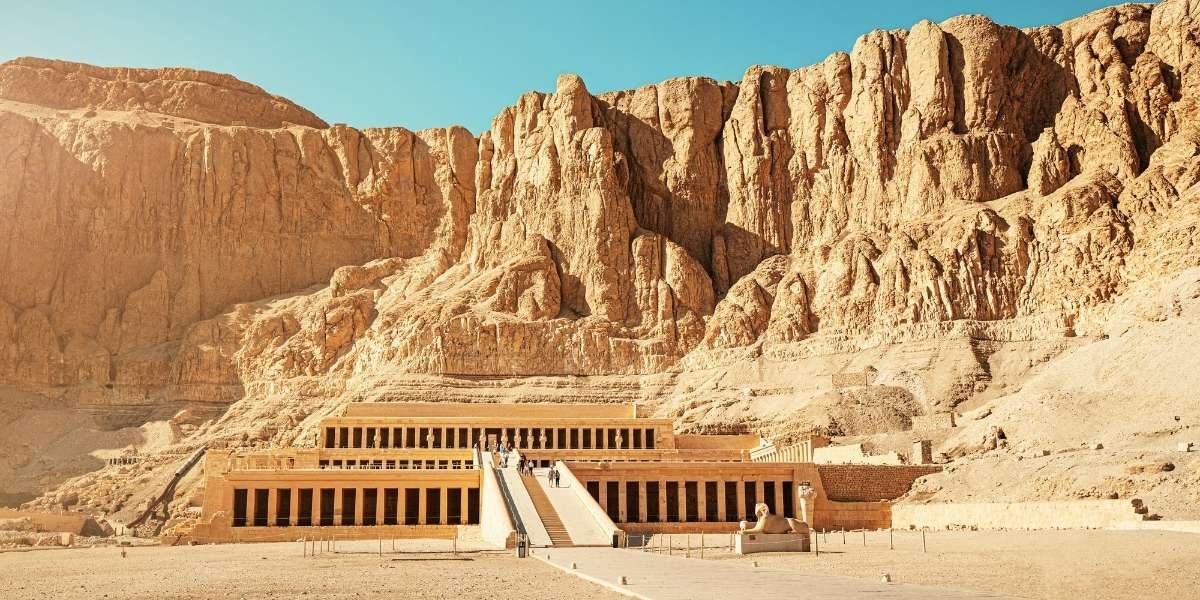What Are the Foundations of Civilization in Mesopotamia?
The ancient region of Mesopotamia, often called the “cradle of civilization,” laid the groundwork for many aspects of modern society. Two of its most influential cultures, the Sumerians and Babylonians, made remarkable contributions that shaped early human development. These civilizations pioneered innovations in writing, law, architecture, and governance, leaving legacies that continue to influence the world today.
Studying their achievements reveals how foundational ideas about urban living, social organization, and cultural expression emerged. Their stories illustrate the complexity and ingenuity required to build stable societies in challenging environments.
Read Also: Discovering the Technological Feats of Ancient Civilizations
How Did Sumerian Achievements Shape Early Civilization?
The Sumerians are credited with many “firsts” that established the basis of civilization. They developed cuneiform, one of the earliest writing systems, which transformed communication by recording laws, trade transactions, and literature. This innovation enabled the preservation and transmission of knowledge across generations.
In urban planning, the Sumerians built some of the first cities, including Uruk and Ur. These cities featured complex infrastructures such as irrigation canals, which supported agriculture and population growth. The invention of the wheel and plow revolutionized transportation and farming, boosting economic productivity.
Religiously, they constructed monumental ziggurats—massive stepped temples—that symbolized their spiritual beliefs and served as community centers. Their legal codes, although less formalized than later laws, introduced concepts of justice and social order.
What Were the Key Contributions of the Babylonians?
Building on Sumerian foundations, the Babylonians advanced law, science, and culture. The most famous legacy is the Code of Hammurabi, one of the earliest and most comprehensive written legal codes. It detailed laws covering property rights, trade, family matters, and criminal justice, emphasizing accountability and fairness. Babylonian scholars made strides in astronomy and mathematics. They developed a sexagesimal (base-60) number system that influences modern timekeeping and geometry. Their observations of celestial bodies laid groundwork for early astronomy.
Architecturally, Babylon became known for impressive constructions like the Ishtar Gate and the Hanging Gardens, one of the ancient wonders. These reflected both artistic achievement and engineering skill. The Babylonians also contributed to literature and education, preserving myths and epic tales that shaped cultural identity and moral values.
How Did These Civilizations Influence Each Other?
Sumerians and Babylonians shared geographical proximity and cultural exchange over centuries. The Babylonians inherited and refined many Sumerian inventions, blending traditions with their innovations. For example, they adapted cuneiform writing for their language and expanded its use in administration and literature.
Religious beliefs and deities often overlapped, with Babylonian mythology incorporating Sumerian gods. Legal and social structures evolved from earlier Sumerian practices, becoming more complex and codified under Babylonian rule.
This dynamic interaction exemplifies how civilizations build on past knowledge, adapting and growing to meet new challenges.
What Were the Social and Political Structures of Sumer and Babylon?
The Sumerians organized city-states ruled by priest-kings who combined religious and political authority. These leaders oversaw agriculture, defense, and legal matters, maintaining social order through a hierarchy that included nobles, artisans, farmers, and slaves. Babylon developed a more centralized monarchy with a king wielding supreme power. The legal system formalized social roles and responsibilities, with laws applied across the kingdom to unify diverse populations. Both civilizations relied on complex bureaucracies to manage resources, trade, and public works. Social stratification influenced access to wealth, education, and legal protections, shaping everyday life.
How Did Their Innovations Impact Future Societies?
The legacies of Sumerian and Babylonian achievements influenced civilizations far beyond Mesopotamia. Writing systems evolved into alphabets, enabling broader communication and record-keeping. Legal principles from Hammurabi’s Code informed later legal frameworks emphasizing justice and social responsibility.
Mathematical concepts developed in Babylon laid the foundation for geometry, algebra, and astronomy. Urban planning and irrigation techniques inspired agricultural practices worldwide.
Cultural narratives preserved in their literature continue to inform art, religion, and philosophy. Their innovations serve as pillars supporting the rise of complex societies and modern civilization.
Read Also: Guided by the Stars: Timeless Guidance for Today’s World
What Challenges Did These Civilizations Face?
Both faced environmental challenges like flooding and drought, requiring sophisticated water management systems. Political instability, invasions, and internal conflicts periodically disrupted their development. Maintaining large urban populations demanded effective administration and resource distribution. Social inequalities sometimes led to tensions, necessitating laws and governance to preserve order. Despite these challenges, their resilience and adaptability enabled sustained cultural and technological growth.
Analyzing these ancient cultures side by side offers insights into how human societies evolve. It highlights the interplay of innovation, culture, and environment in shaping civilization. Understanding their achievements helps appreciate the roots of law, governance, science, and art. It reveals patterns of human problem-solving and cooperation still relevant in modern society. This comparative study encourages respect for cultural heritage and informs current discussions about societal development and challenges.














